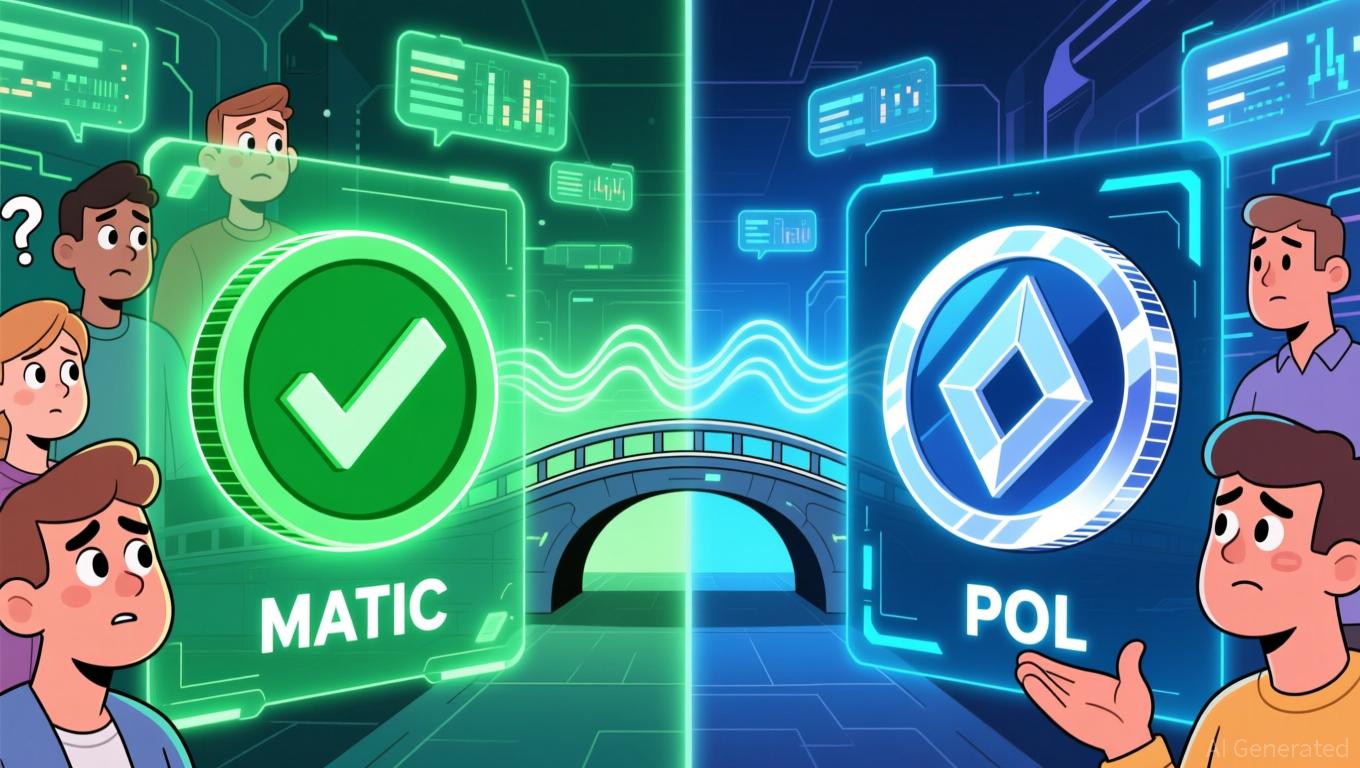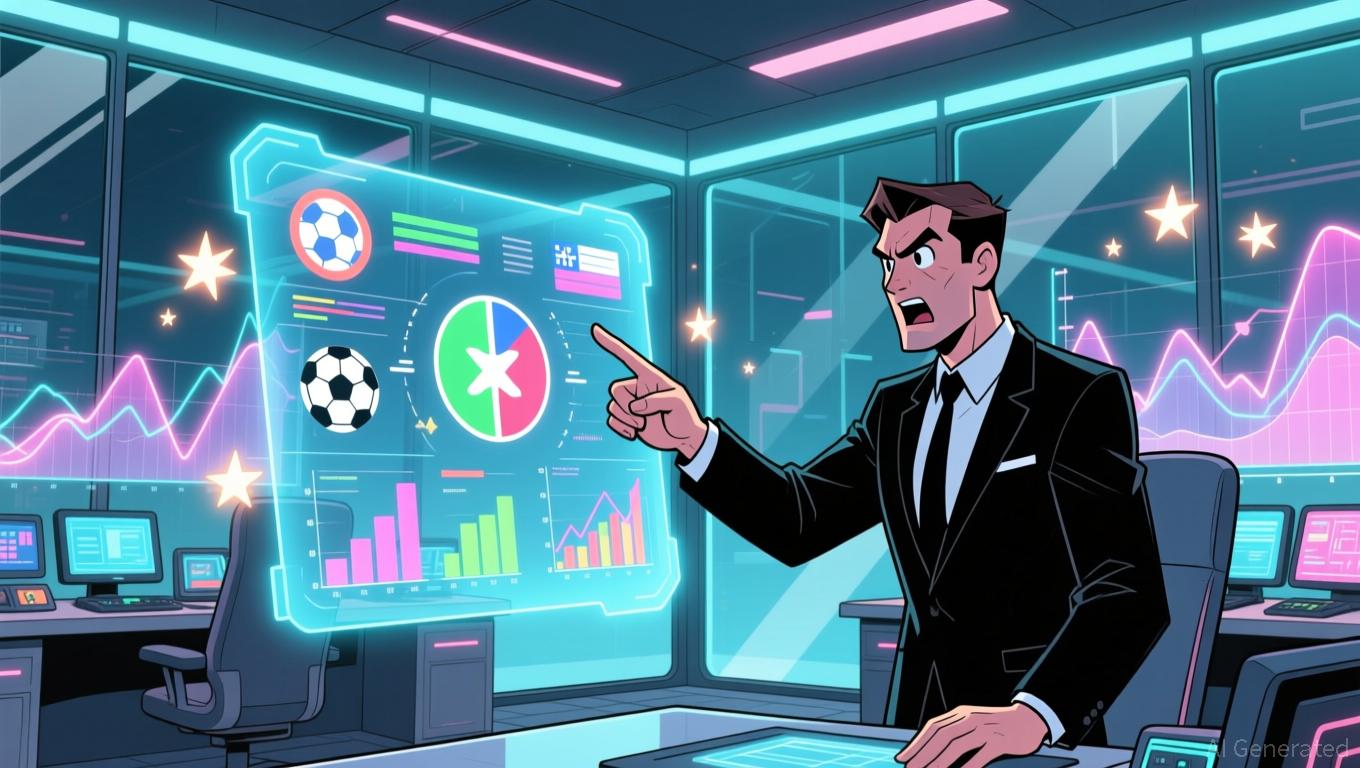Zcash Halving and Its Impact on Cryptocurrency Market Trends
- Zcash's 2025 halving reduced block rewards to 1.5625 ZEC, mirroring Bitcoin's deflationary model and sparking debates on scarcity-driven valuations. - Structural scarcity, combined with privacy features and institutional adoption, boosted Zcash's price 1,172% YTD, outperforming Bitcoin's 41.2% gain. - Unique mechanisms like ZIP 1015's 12% reward burn and hybrid PoS model differentiate Zcash from Bitcoin/Litecoin, influencing miner sustainability strategies. - Upcoming 2028 halving cycles for Zcash (0.781
Structural Scarcity: A Common Thread
Structural scarcity is a fundamental principle for proof-of-work (PoW) cryptocurrencies, designed to reflect the limited availability of resources like gold. For Zcash, the 2025 halving strengthened its scarcity narrative by slowing the creation of new coins, a mechanism it shares with Bitcoin and Litecoin. Bitcoin’s 2024 halving, which
Zcash distinguishes itself with its focus on privacy.
Market Dynamics: Price Trends and Investor Behavior
The price movements of Zcash, Bitcoin, and Litecoin after their respective halvings reveal differences in investor sentiment. Zcash’s
Even so, Bitcoin’s past halving cycles remain a reference point.
Miner Behavior: Adaptation and Sustainability
How miners respond after halvings provides additional perspective.
Litecoin’s halving, which follows Bitcoin’s reward reduction pattern, has also shaped miner strategies. With rewards now at 3.125 LTC per block,
The Road Ahead: Challenges and Opportunities
Although the narrative of structural scarcity remains compelling, Zcash still faces obstacles. Regulatory pressures on privacy coins could slow adoption, and liquidity issues may arise if miners sell off their reduced rewards. Nevertheless, upcoming improvements to privacy and transaction speed could help mitigate these risks.
Bitcoin’s future is also filled with uncertainty.
Conclusion
Zcash’s 2025 halving has reinforced the ongoing significance of structural scarcity in valuing digital assets. By merging Bitcoin’s deflationary framework with privacy enhancements and institutional interest, Zcash has established a distinct position in the crypto landscape. Still, the varied outcomes for Zcash, Bitcoin, and Litecoin after their halvings show that context—such as utility, regulation, and economic trends—plays a vital role. As future halvings draw near, investors will need to consider these factors alongside supply constraints to navigate the changing world of PoW cryptocurrencies.
Disclaimer: The content of this article solely reflects the author's opinion and does not represent the platform in any capacity. This article is not intended to serve as a reference for making investment decisions.
You may also like
Polygon's Name Change Sparks Confusion: Users and Falling Prices Lead to Demands for a Return to MATIC
- Polygon's 2024 rebrand from MATIC to POL has sparked debate as co-founder Sandeep Nailwal questions reverting to the original ticker. - Retail users in markets like the Philippines and Dubai report confusion over the new branding, while POL's price has fallen 89% from its March 2024 peak. - Community polls show divided opinions—some support POL for expanded utility, others prefer MATIC's legacy, with alternative tickers like PGON also proposed. - Polygon leadership has not yet outlined a formal decision-

Regulation and Crypto: The $12B Future of Prediction Markets in Conflict
- Kalshi, a CFTC-regulated prediction market, raised $1B in funding, boosting its valuation to $11B as it challenges crypto-native rival Polymarket. - Kalshi offers regulated fiat-based contracts on inflation and politics, while Polymarket uses blockchain for crypto-driven bets, attracting $2B+ weekly trading volume. - Galaxy Digital and Clearing Co. are entering the sector, signaling institutional interest in integrating prediction markets with traditional and crypto finance. - Regulatory hurdles persist:

Privacy Altcoins Surge While Crypto Markets Decline
In Brief Cryptocurrency markets faced a major downturn in recent weeks. Privacy altcoins like Zcash rise amidst stricter regulation concerns. Upcoming regulations pose liquidity risks for privacy-focused cryptocurrencies.
